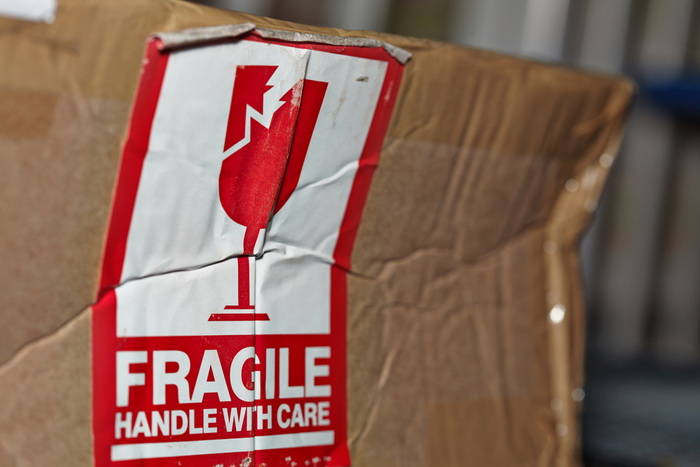The list of the companies that can process goods for the typical international container transportation contains:
- Supplier or a factory that loads cargo;
- A local transportation company that transfers cargo to the warehouse;
- A local company like Excel Logistics logistic company, that transfers cargo from the warehouse to the terminal;
- Transshipment terminal;
- A terminal in a port of arrival;
- Customs;
- Local transportation companies in other countries.
The most common reasons for cargo damage are harm caused by water, hits, and losses caused by the incorrect fixation and goods placement in the container.
The damage caused by water can happen because of such reasons:
- Condensation inside the container, especially if it is loaded in the high humidity condition;
- The temperature changes during the shipvoyage. It can lead to condensation inside the container and cargo can get wet.
- Presence of some holes in the container.
- Incorrect fixation and mistakes in the loading process, and unequal cargo allocation in the container.
When a container is delivered to the cargo recipient, the accepting side must check the goods attentively. It’s important to be sure that there is no obvious damage. When the unloading process starts and if you see obvious damages, the only way is to stop the unloading and contact the transportation company.
A transportation company must make amends if you have all the documents from this list:
- The first message in which you tell about your intentions;
- The report about check-ups;
- Photos;
- Commercial check of the cargo sender;
- Detail application;
- Consignment note;
- Delivery bill;
- The letter about container unloading;
- Proofs that the cargo is damaged and can’t be sold.
The specialists who work in transportation companies usually consider the application and determine at which stage the cargo could be damaged.
If the goods were damaged, when the marine carrier was responsible, the sum of compensation is determined and the application is accepted.
However, if the specialist considers that there were other reasons to cause damage, the marine carrier is not responsible for this. For example, sometimes goods are damaged because of incorrect loading. Moreover, cargo senders and other sides which are closely connected with the container loading must be informed about the next points:
- When the cargo is placed on the pallets, it’s important to inspect the space inside the container. Empty spaces between the pallets must be full with safety cushions;
- The weight of goods must be allocated equally;
- It is not recommended to put the heavy items in one part of the container;
- It’s better to place light items above the heavy ones.
Usually, it is needed from 3 to 6 months to regulate the question about damaged cargo. To minimize the risks of damage it’s better to follow the simple rules of loading and cooperate with reliable carriers.

